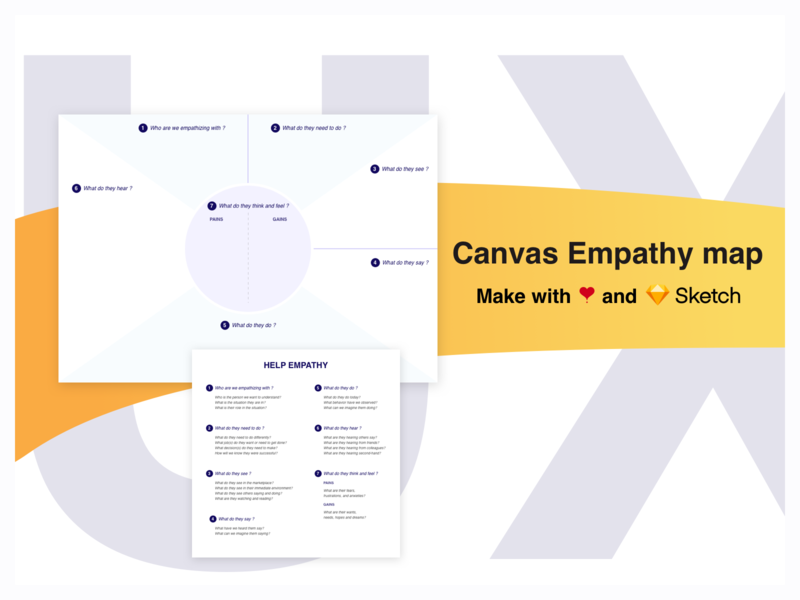
The “Jobs To Be Done” evangelists may protest that JTBD is nothing like Task Analysis but the exact same concepts have been around for a lot longer.Įach method has its pros and cons. I believe it’s best to group all of these methods under the umbrella of “Task Analysis”. There are a lot of UX processes that in some way look at the outcomes that users are seeking and the tasks that they complete along the way. While you may not sit down with the explicit purpose of doing a Task Analysis, there’s a good chance that you cover some aspect of it in your standard process. With this article I hope to convince you to try Task Analysis on your next project. You do this by analysing the goals that drive tasks, the contexts in which tasks are completed, the attributes of our users that affect tasks, and so much more. You start to connect the dots between your users’ needs and the solutions you could design. When you look at a task from multiple angles you achieve something that’s difficult to grasp with other tools. I’m continuously shocked at how few UX teams include this tool as part of their core process. It’s not something that’s made once, printed on a poster, and then left unreferenced on a wall somewhere. When compared to something like personas (and even journey maps), a thoughtful Task Analysis can actually drive design decisions. And the outputs are some of the most useful UX artifacts we can create. In my project UCDC will help me get a broader perspective, which will be detailed with proto-persona.On the surface a Task Analysis sounds quite simple: analysing the steps and processes needed to arrive at a particular outcome.īeyond the surface an effective Task Analysis has so much more depth to it. It can improve the brand communication strategy and it’s helpful in creating Unique Value Proposition, which is essential for business. It’s similar to Business Model Canvas but in this scenario, it helps to understand needs, fears and motives of users in clear and legible way. UCDC is a great, effective tool facilitating user experience design process. But again, there is no chance for me to discover more personal details of members - Flickr’s profiles are poor, you can see only name and photos (if made public).Īfter these cursory searches, I decided to use User Centered Design Canvas by The Rectangles to empathize and define users needs. I found a group called 360degrees with over 2800 members and library of 21k photos! Users can discuss different topics (a bit like on a classic thematic forum), share their thought about the gear, postproduction and all that jazz.

Among the sites for photo sharing only Flickr support 360 photos, which are displayed nicely and neatly, you can seamlessly grab your mouse and look around the photo, everything works fine. You definitely can smell the competition between them for the best picture in a place that no one ever photographed, they are unremarkable.īut it’s not enough.

And they have one thing in common, they love travels and unique views. They are usually man, 35–45 years old, from all over the world. After few minutes of scrolling I had some general observations about the users. So I searched Facebook for 360 photographers and I found this quite numerous group called 360 Panorama Photos and Videos (some of the photos are dope - check them out). It’s not only a “photo sharing” platform, but they support 360 videos, 360 ads as well, and they are trying to take a lead in this technological arms race. Ricoh upload great photos but they are heavily distorted, with this funky spheric look.įacebook on the other hand is a big player. I found for example a profile of Ricoh Theta - it’s a fairly cheap consumer 360 camera.

Instagram doesn't support 360 photos, there is no way to upload them. Instinctively I started out with social media. I have to make research, because guessing can lead me to the dead end. To start with, I have to know my users, know their needs and expectations. Therefore, we decided to follow lean approach and prepare MVP which will later be enriched with further features. It’s also easy to edit the photo in your phone and post it, thus they decided to go mobile first, than maybe create a website - again like Instagram but actually with ability to upload photos from your computer (really Instagram, this is nuts!). They want to cut a piece of cake they think is becoming increasingly popular - 360 cameras are no longer only for professionals, look at the Samsung Gear 360, LG 360 Cam or Ricoh, all of them are not complicated to use and you can control them with your smartphone. So their mission is to bring all those users who we know they exist in one place, one community and create a platform for sharing ideas and perspectives worldwide (fingers crossed).


 0 kommentar(er)
0 kommentar(er)
